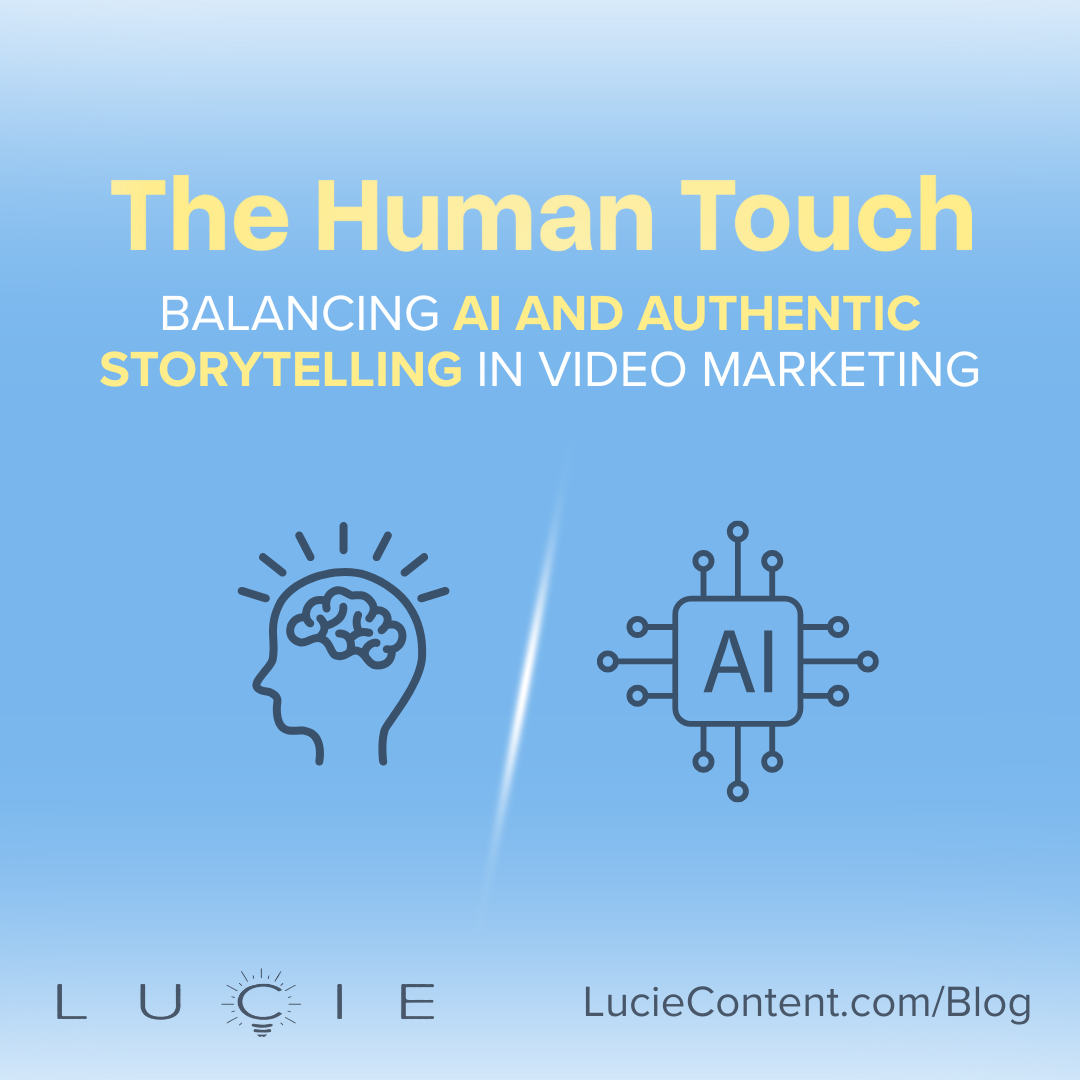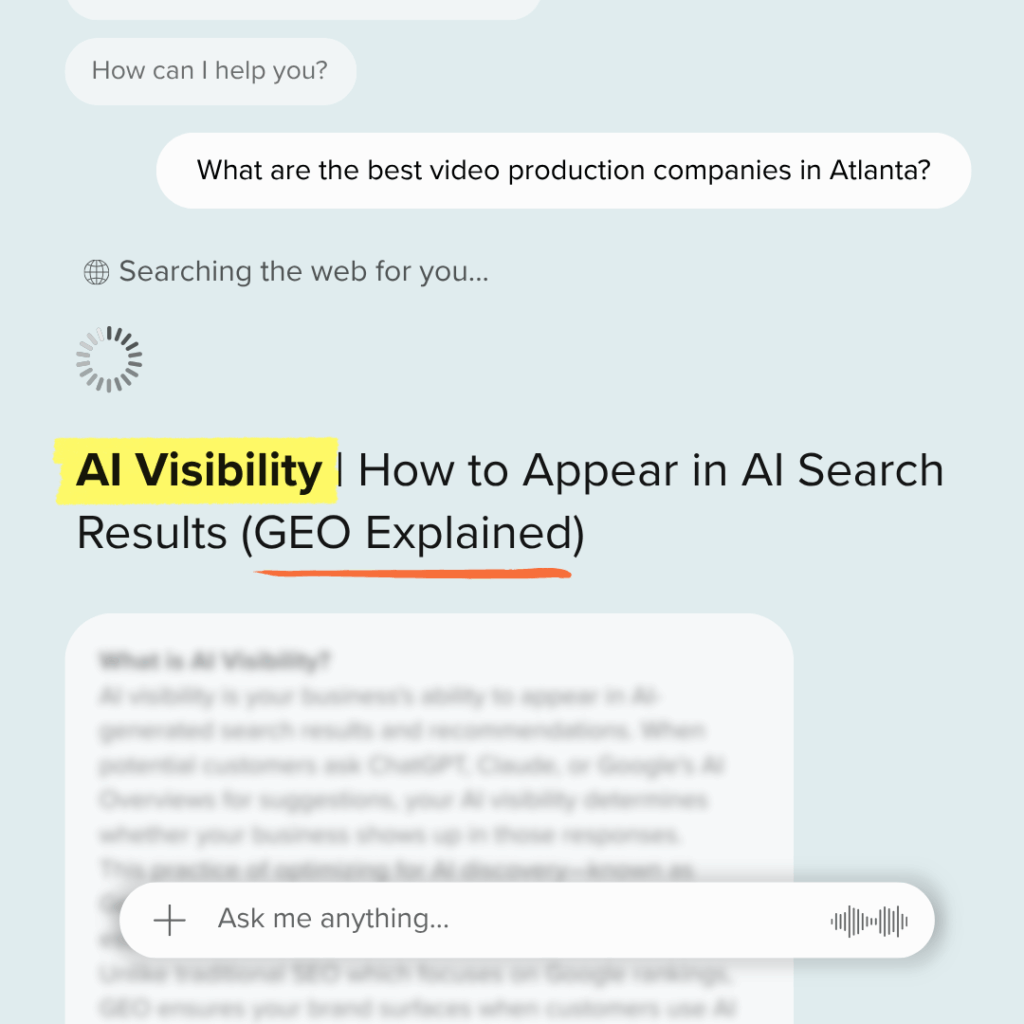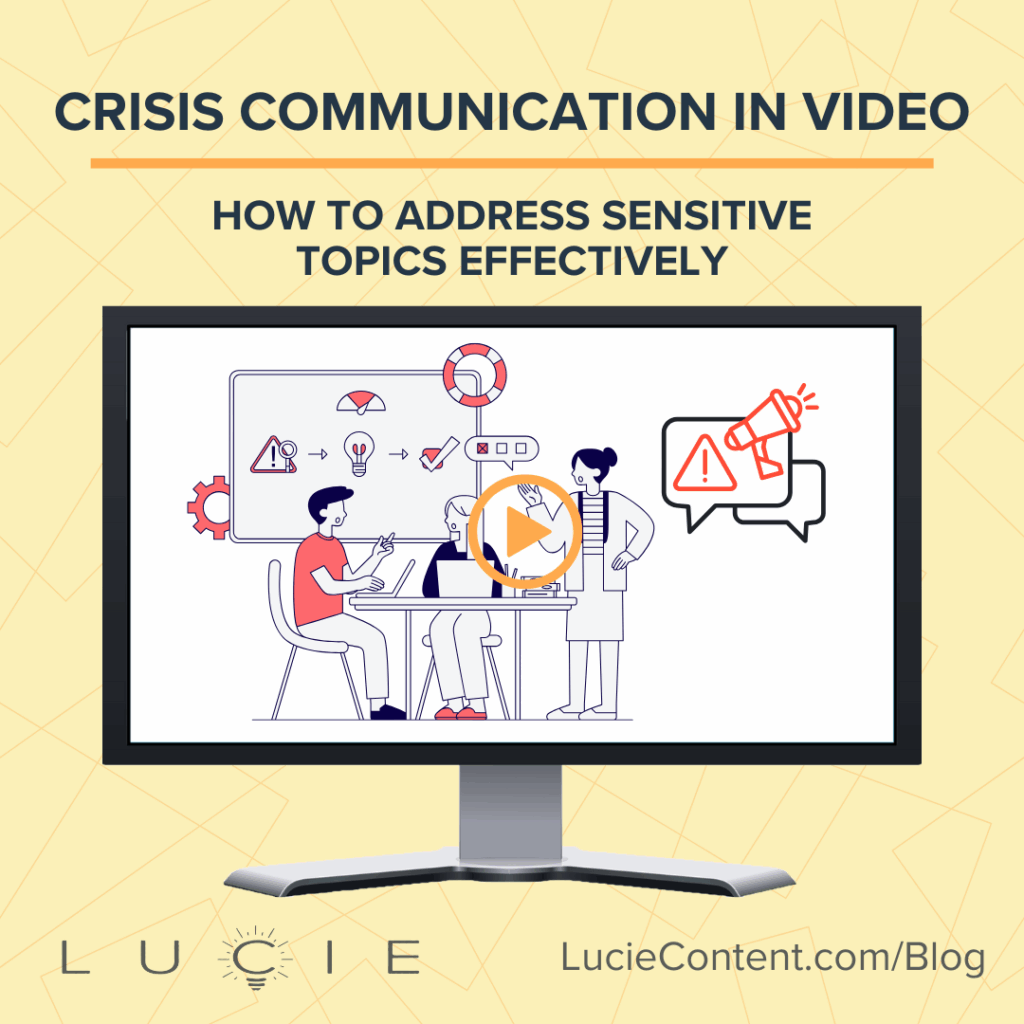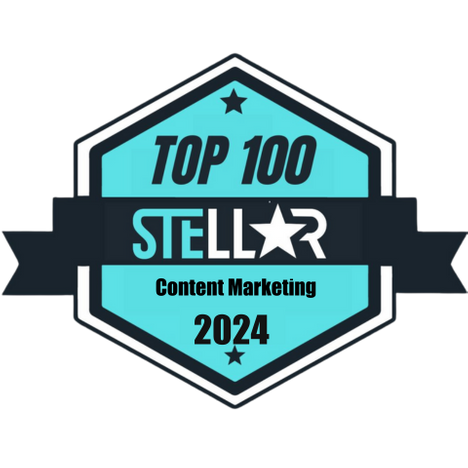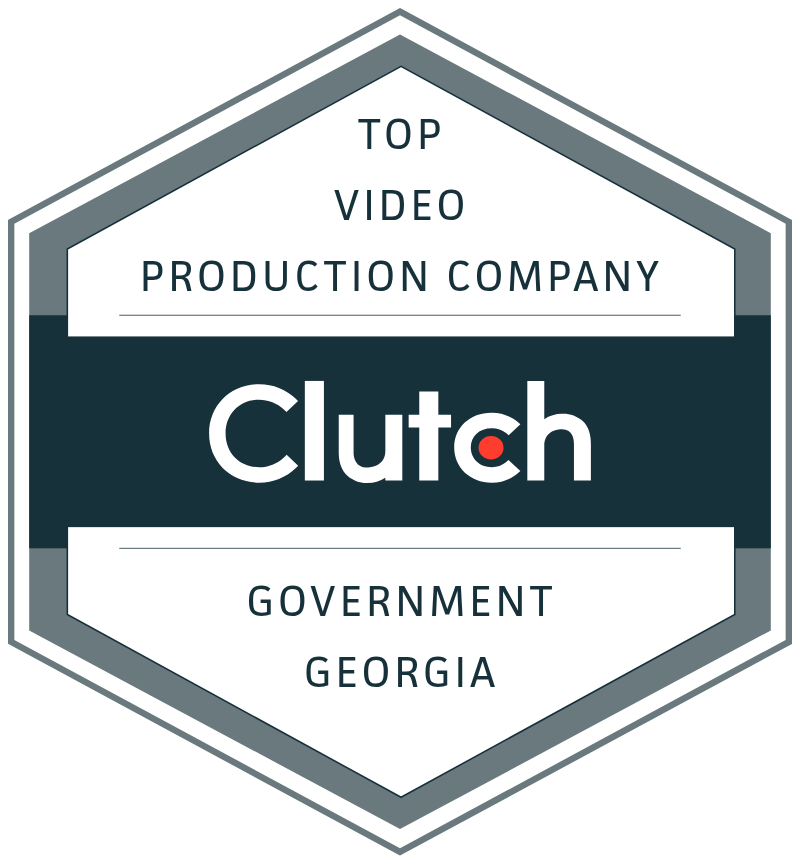What is AI-Enhanced Video Marketing? AI-enhanced video marketing combines artificial intelligence tools with human creativity to streamline production processes while preserving the authentic storytelling elements that create genuine audience connections. This approach uses AI for efficiency gains in editing, color correction, and content optimization while maintaining human oversight for narrative development, emotional resonance, and brand authenticity.
Your latest video just went live, and the metrics look promising. Views are climbing, engagement seems solid, but something feels… off. Despite the polished production and data-driven optimization, the content lacks that indefinable quality that makes viewers lean in rather than scroll past. You’ve incorporated the latest AI tools, followed best practices, and checked all the technical boxes—so why does it feel like something’s missing?
The answer might be simpler than you think: in our rush to embrace efficiency, we’ve forgotten that great video marketing isn’t just about perfect execution—it’s about human connection.
The Promise and Pitfall of AI in Video Marketing
Here’s what we’ve discovered working with video production clients across Atlanta: AI tools have revolutionized how quickly we can produce content, but they’ve also created a new challenge. The same technology that helps us edit faster, optimize color grading, and generate initial concept ideas can also strip away the very elements that make content memorable.
Our team has found that the most successful video marketing campaigns use AI as a powerful assistant, not the creative director. When we let artificial intelligence handle the heavy lifting — transcription, rough cuts, background music suggestions — it frees our human storytellers to focus on what really matters: crafting narratives that resonate with real people facing real challenges.
The difference shows up in the details. AI might suggest the perfect stock music track based on genre analysis, but it takes human intuition to know when a moment of silence will hit harder than any soundtrack. Machine learning can identify optimal video lengths for platform algorithms, but only human experience can recognize when a story needs an extra thirty seconds to truly land.
Where AI Excels in Video Production
Let’s be practical about this: AI isn’t the enemy of authentic storytelling. It’s often the enabler. In our production studio, we’ve integrated AI tools that handle the technical groundwork, allowing our creative team to spend more time on what humans do best.
Technical Efficiency Without Creative Compromise
AI excels at the foundational work that used to consume hours of our production schedule. Automated transcription turns interview footage into searchable text within minutes, not hours. Intelligent color correction provides a solid starting point that our colorists can refine with artistic vision. Smart audio cleanup removes background noise so we can focus on enhancing the emotional impact of someone’s story.
What we’ve learned is that these tools amplify expertise. When AI handles the initial heavy lifting, our editors can spend more time crafting the perfect pacing for a testimonial or finding that one moment where a client’s face lights up as they talk about their success.
Data-Driven Insights with Human Interpretation
AI analytics can tell us that viewers typically drop off at the 30-second mark, but it takes human insight to understand why. Maybe the opening didn’t immediately establish relevance for the target audience. Perhaps the pacing felt rushed, or the story took too long to get to the point. The data points us toward the problem; human creativity solves it.
Our approach combines AI-generated performance insights with old-fashioned storytelling instincts. We’ll use machine learning to identify which video thumbnails get more clicks, then apply human psychology to understand what those successful images communicate about the content’s value.
Preserving Authenticity in an AI-Enhanced Workflow
The real challenge isn’t whether to use AI. It’s knowing when to trust human judgment over algorithmic suggestions. We’ve developed what our team calls “authenticity checkpoints” throughout our production process, moments where we specifically evaluate whether technology is serving the story or starting to drive it.
The Story Must Drive the Technology
Here’s a practical example we came up with: AI suggests cutting a client’s pause mid-sentence because it identified the moment as “dead space,” but that pause was actually the client processing their emotions before sharing something personal. Cutting it would have made the final statement feel rehearsed rather than genuine.
These moments happen constantly in video production. AI might recommend speeding up b-roll sequences to maintain engagement, but sometimes slowing down allows viewers to absorb the weight of what they’re seeing. Technology can identify the most frequently used keywords in an interview, but human editors know which off-script moments reveal the most character.
Maintaining Voice and Personality
Every brand has a distinctive voice: the way they approach problems, communicate with customers, and present themselves to the world. AI can analyze successful content patterns and suggest similar approaches, but it often misses the subtle elements that make a brand feel authentic rather than algorithmic.
When we work with clients on their video marketing strategy, we spend significant time understanding not just what they want to say, but how they naturally say it. Does their team use technical language or plain talk? Are they more direct or collaborative in their communication style? Do they lead with emotion or data?
These nuances can’t be automated because they emerge from real human interactions, company culture, and the specific way a team has learned to connect with their audience over time.
Practical Applications Across Industries
Different industries face unique challenges when balancing AI efficiency with authentic storytelling. What works for a healthcare organization differs significantly from what resonates in the tech sector or manufacturing.
Professional Services: Building Trust Through Transparency
For professional services firms — legal, financial, consulting — authenticity often means demonstrating competence through genuine client interactions rather than polished presentations. AI can help these organizations identify which topics generate the most engagement, but the actual content needs to feel conversational and trustworthy.
We’ve found that AI-suggested topics for professional services videos often lean toward industry trends or technical explanations. While these can be valuable, the content that actually converts prospects usually shows the firm’s approach to solving real client problems, complete with the messy, non-linear way these solutions actually develop.
Healthcare: Balancing Professionalism with Empathy
Healthcare video marketing faces particularly stringent authenticity requirements. Patients need to see both clinical competence and genuine care. AI can help identify optimal video lengths and suggest engagement-driving elements, but the actual content must demonstrate real empathy and understanding.
In our experience, healthcare videos succeed when they show providers listening as much as explaining, when they acknowledge patient concerns rather than just providing solutions. These moments of genuine connection can’t be automated—they have to be captured and highlighted through careful human curation.
Technology and Manufacturing: Demonstrating Real-World Impact
Tech and manufacturing companies often struggle with making complex capabilities feel relevant to potential customers. AI excels at identifying which technical features generate the most interest, but human storytellers need to translate those features into meaningful business outcomes.
The most effective videos in these sectors usually combine AI-optimized technical demonstrations with human stories about implementation challenges, unexpected benefits, or creative applications. Technology provides the framework; human experience provides the meaning.
Expert Insights: What Our Team Has Learned
After working with dozens of Atlanta businesses on their video marketing strategies, our team has developed some hard-earned insights about when to trust AI and when to rely on human judgment.
From a production standpoint, we’ve learned that AI works best as a sophisticated assistant rather than a creative partner. It can suggest improvements, identify technical issues, and streamline workflows, but it can’t replace the intuitive understanding of what makes one version of a story more compelling than another.
Implementation Strategy: A Balanced Approach
Creating video content that leverages AI efficiency while preserving authentic storytelling requires a structured approach. Based on our work with clients across various industries, we’ve developed a framework that maximizes both technological capabilities and human creativity.
Pre-Production: AI for Research, Humans for Strategy
AI tools excel at analyzing competitor content, identifying trending topics, and suggesting optimal posting schedules. This research phase benefits enormously from machine learning capabilities that can process vast amounts of data quickly. But translating those insights into a strategic approach that aligns with brand voice and business goals requires human interpretation.
We use AI to understand what’s working in our clients’ industries, then apply human judgment to determine what aspects of those successful patterns fit their unique value proposition and audience needs.
Production: Technology Serves the Story
During filming, AI-powered tools help with technical elements, like audio monitoring or lighting adjustments. But the actual direction, interview techniques, and moment-to-moment creative decisions remain firmly in human hands.
Our production team has learned to use AI insights as suggestions rather than requirements. If the data suggests that videos with more close-ups perform better, we’ll look for opportunities to capture those shots, but only when they serve the story we’re telling.
Post-Production: Collaborative Refinement
This phase offers the richest opportunities for AI-human collaboration. AI can handle initial cuts, color correction baselines, and audio cleanup, providing a solid foundation for human creativity. Our editors then apply storytelling expertise to refine pacing, enhance emotional impact, and ensure the final product feels authentically connected to the brand’s voice.
The key is maintaining human oversight at every decision point. AI might suggest removing a segment because it doesn’t match successful content patterns, but human editors evaluate whether that segment serves a specific storytelling purpose that justifies keeping it.
The Future of Authentic Video Marketing
The trajectory seems clear: AI capabilities will continue expanding, offering even more sophisticated tools for content creation and optimization. But the fundamental challenge will remain the same. Using these tools to enhance rather than replace the human elements that create genuine connection.
What we’re seeing in our work with Atlanta businesses is that the most successful video marketing strategies treat AI as a powerful amplifier for human creativity rather than a replacement for it. The companies that stand out are those using technology to free up resources for better storytelling, deeper audience understanding, and more authentic brand expression.
The future likely holds AI tools that can generate entire video sequences, provide real-time performance optimization, and even suggest narrative approaches based on audience psychology. But the brands that build lasting relationships with their audiences will be those that use these capabilities to tell more human stories, not more algorithmic ones.
Moving Forward: Practical Next Steps
If you’re ready to explore how AI can enhance rather than replace the authentic elements of your video marketing, start with a clear understanding of what makes your brand’s story genuinely compelling. Technology should amplify these authentic elements, not override them.
Consider partnering with a video production team that understands both technological capabilities and storytelling fundamentals. The most effective approach combines AI efficiency with human insight, creating content that performs well algorithmically while building genuine connections with your audience.
The goal isn’t to choose between artificial intelligence and authentic storytelling—it’s to use both strategically, letting technology handle what it does best while preserving the human elements that make your content truly memorable. Ready to explore how this balanced approach could transform your video marketing? Let’s start a conversation about creating content that leverages the best of both worlds.

